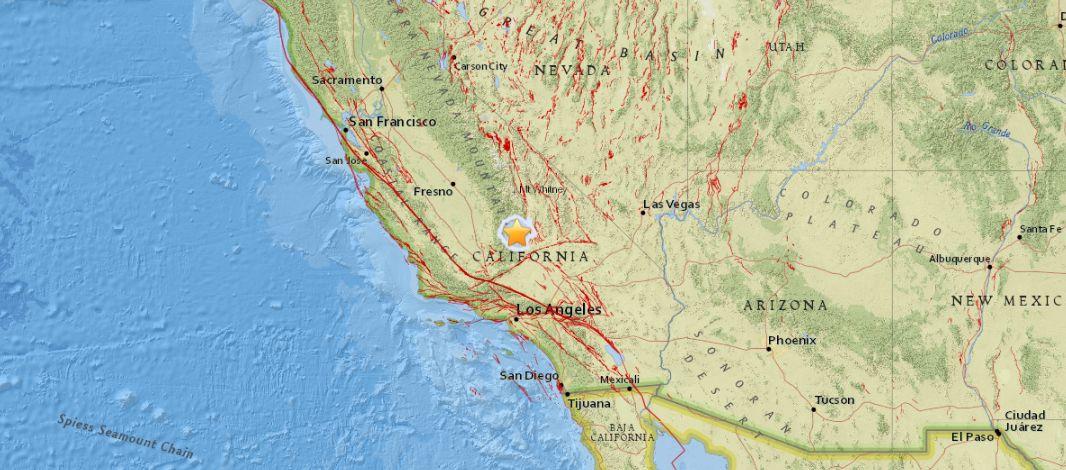Researchers have discovered that ancient rising lakes may trigger California earthquakes along the San Andreas fault line.
The new study, published Wednesday in Nature, investigated earthquake activity along the southern San Andreas fault and found that six significant earthquakes on the fault line occurred when the prehistoric Lake Cahuilla was rising.





